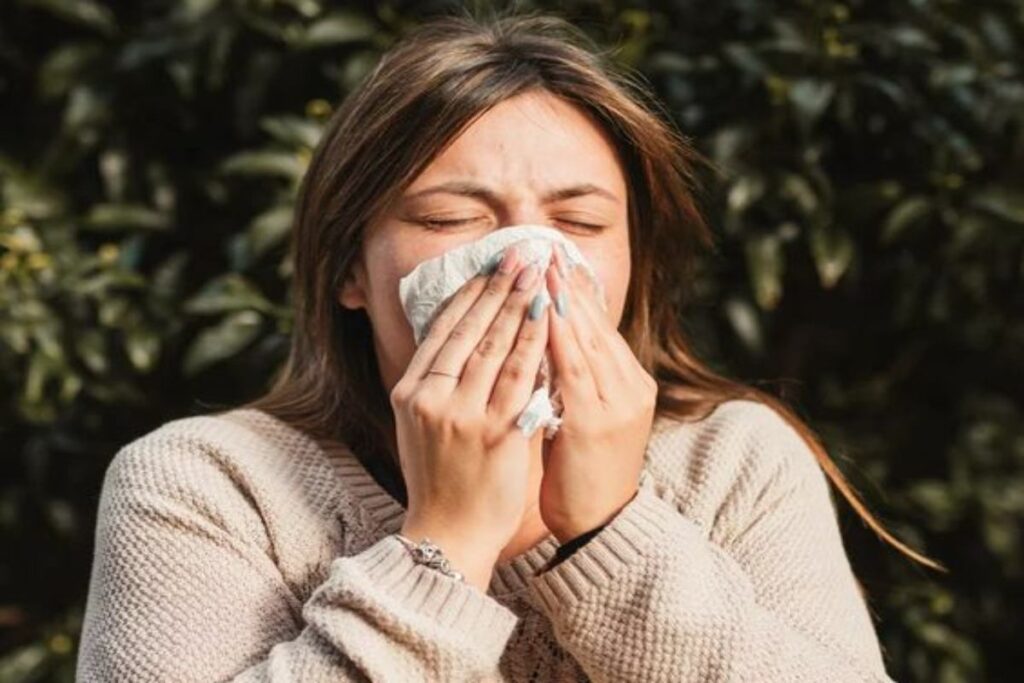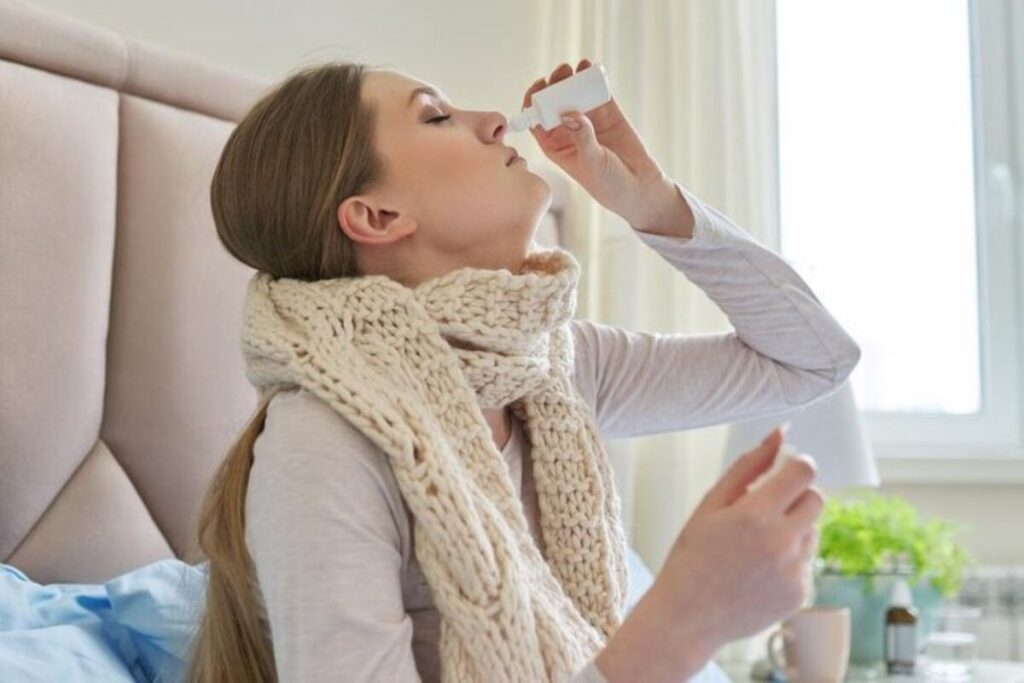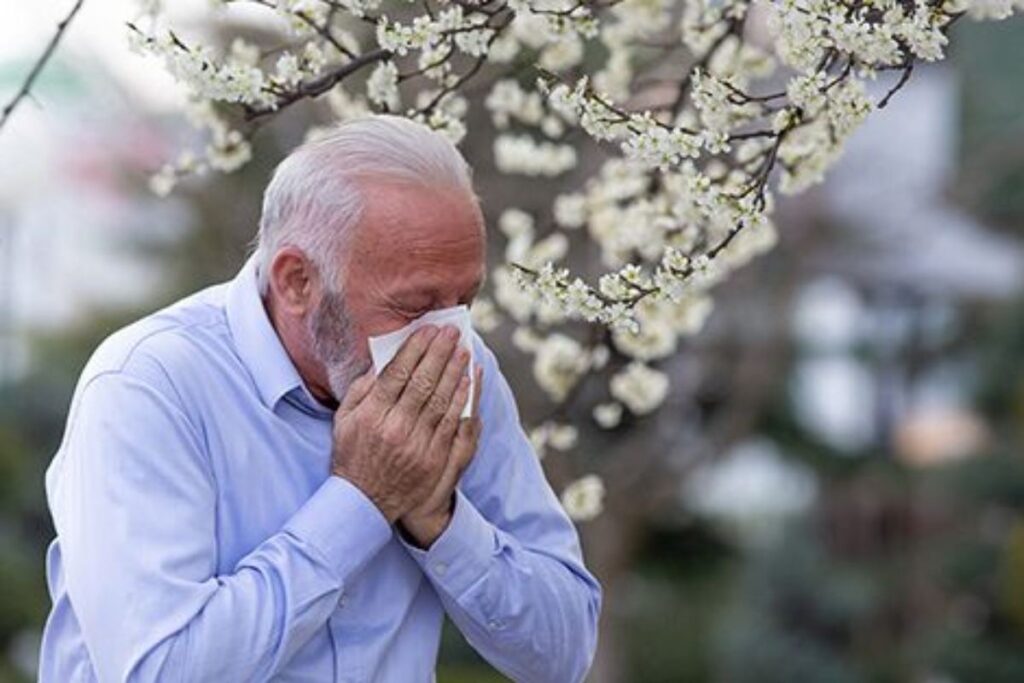
During specific seasons of the year, you may suffer seasonal allergies, which could result in sneezes and coughs. However, regardless of their causes, allergy season is not something you must always put up with. In several parts of the country, spring allergies began as early as February, lasting until late June or early July.
However, in 2024, as the season progresses, allergy symptoms are worsening, causing experts to believe that the season is not over yet. According to studies, even without airway inflammation, pollen can impact your immune system. Consequently, these could result in the experiencing of symptoms despite the absence of hay fever.
What Are the 7 Allergy Symptoms?
According to scientists, the increased duration of seasonal allergies is considered to be the first wave of the health effects of global warming. Recent research shows that the U.S. growing zones are shifting due to climate change, letting plants and trees expand their ranges.
Consequently, plants can bloom for longer periods due to rising temperatures, extending pollen seasons. With increased rainfall providing the perfect conditions, excessive pollen grains are released, aggravating the symptoms.
An allergy, by its definition, is simply when your body reacts to ordinarily harmless substances like dust, pollen, or animal fur. However, what really outlines an allergy is the symptoms it causes, which can range from mild to severe.
ALSO READ: FDA Approves Epinephrine Nasal Spray for Emergency Allergy Treatment
To properly ascertain where you or a loved one is suffering from an allergic reaction, there are symptoms for you to look out for. Allergy symptoms include a runny nose, frequent sneezing, and soreness or tenderness around the cheekbones, eyes, or forehead.
An allergic reaction may also include coughing, wheezing, shortness of breath, itchy skin, or a raised rash. However, for a more severe reaction, symptoms include diarrhea, fever, and swollen eyes, lips, mouth, or throat.

What Is the ICD-10 Code for Seasonal Allergies?
According to the American Academy of Professional Coders, founded in 1988, the ICD-10 code J30.2 is for other seasonal allergic rhinitis. According to the WHO, seasonal allergic rhinitis is a type of disease that affects the respiratory system.
While spasmodic rhinorrhea shares the same code as seasonal allergic rhinitis, the code for allergic rhinitis with asthma is much different. According to the AAPC, the code for allergic rhinitis with asthma is J45.909.
Allergic rhinitis, also known as hay fever, is a collection of symptoms affecting the nose. However, don’t be deceived, as its name does not correlate with its causes: dust mites, pet hair or dander, insects, or mold. Additionally, despite its name as hay fever, allergic rhinitis never induces a fever.
Allergic rhinitis happens when the immune system overreacts to environmental triggers that are usually harmless to most people. Seasonal allergic rhinitis symptoms typically appear in the spring, summer, and early fall.
Airborne mold spores and pollen from trees, grass, and weeds typically cause allergic rhinitis through an allergic reaction. People with perennial allergic rhinitis endure symptoms all year.
POLL—Should the Government Increase Taxes on the Wealthy To Reduce Economic Inequality?

What Is the Best Treatment for Pollen Allergies?
Due to the extreme weather in the United States, several areas have seen an increase in pollen levels. Consequently, people from places with little pollen count who are generally allergy-free may develop allergies when they relocate to places with a high pollen count.
There are two major approaches to managing seasonal allergies: reducing pollen exposure or treating symptoms. Although the main focus is on OTC medications for symptoms, reducing pollen exposure can also help.
Nasal steroids are the first line of treatment for allergic rhinitis. They treat congestion, runny or itchy noses, sneezing, and other symptoms. Oral steroids are only used in rare circumstances to treat nasal allergies.
These medications inhibit the molecule histamine. When you have an allergic reaction, your body produces histamine, which causes unpleasant sensations. Antihistamines are offered as pills and nasal sprays.
The medications address itching, sneezing, and runny nose. For anaphylaxis, a severe allergic reaction, an injection of epinephrine, and a subsequent visit to the hospital are required.

What Are the Three Types of Seasonal Allergies?
Pollen is one of the most common causes of seasonal allergies. Many individuals refer to pollen allergy as “hay fever.” Pollen allergy is commonly known as “seasonal allergic rhinitis” among experts. Most of the pollen that triggers allergy reactions comes from trees, grasses, and weeds.
WATCH: Simple Aloe Vera Hacks You Need To Brighten Your Beauty Routine
There are three types of pollen allergies: tree pollen allergy, grass pollen allergy, and weed pollen allergy. Annually, tree pollen is the first pollen to blossom in the United States. It causes the vast majority of spring pollen allergy symptoms. It sometimes overlaps with grass pollen in the spring and summer.
You Might Also Like:
Gavin Newsom Signs Bill Requiring Insurance To Cover IVF in California
War Correspondent Shares What It Was Like to Cover the Gaza War
NBA Icon Dikembe Mutombo Passes Away at 58
